Kitchen Guides
Decorating Guides
Ceramic vs Porcelain Tiles
Ceramic and porcelain are the most popular tiling materials available. But do you know their strengths and weaknesses?
On the face of it, both ceramic and porcelain tiles look alike and it may be difficult to differentiate between the two. These tiles are available in multiple options in terms of size, design, colours and patterns. Additionally, ceramic and porcelain tiles are both manufactured from red or brown clay, which makes them environmentally friendly. Do note that porcelain tiles are also a kind of ceramic, which are manufactured out of comparatively more refined clay. So if you are about to start on some home improvement, where you have to make a choice between the the two – which one should you go for?
Traditional Tile
Pros:
Find a bathroom designer to design your bath space
- Ceramic tiles are a cost-effective and highly affordable flooring solution.
- The glaze on the ceramic tiles works as a protective coating that does not allow the colours to fade from prolonged exposure to sunlight.
- Ceramic tiles are easy to maintain; the routine cleaning of the tiles involves the use of mild detergent and water.
Find a bathroom designer to design your bath space
Cons:
- Unglazed ceramic tiles are highly porous. They can easily absorb moisture and liquids, and are prone to staining. It is essential to seal these tiles with penetrating sealants to prevent absorption and the growth of mould or fungus.
- Ceramic tiles are fragile and susceptible to chipping and cracking. They cannot withstand the impact of heavy objects and can easily break.
- In case the glazed layer of the tile chips, the clay under the glaze gets revealed and it looks shabby.
Porcelain tiles
Porcelain tiles are subjected to higher temperatures and pressure during the process of firing. This is one of the main differentiating factors between both these tiles, which makes porcelain stronger than ceramic tiles.
Porcelain tiles can be classified as follows:
Porcelain tiles are subjected to higher temperatures and pressure during the process of firing. This is one of the main differentiating factors between both these tiles, which makes porcelain stronger than ceramic tiles.
Porcelain tiles can be classified as follows:
- Unglazed or full-bodied porcelain tiles, which have colour running through the entire thickness of the tile.
- Glazed tiles, which only have colour and glaze on the top surface of the tile.
- Rectified or joint-free tiles, where the edges of the tiles are cut after they are baked, so as to get precision in size.
- Digital tiles, a recent innovation, where numerous designs can be achieved on the tile with high-resolution printing.
Pros:
- Porcelain tiles are very dense and one of the most durable tiles available in the market. They are suitable for both indoor and outdoor use.
- The non-porous nature of the tiles prevents spills and stains from penetrating into the tiles. Hence, they are preferred for moisture-laden areas such as bathrooms and kitchens.
- Another plus is that these tiles are stain and scratch resistant.
- Since a uniform colour runs throughout the tile in the case of full-bodied tiles, the damage is not visible in case of chipping.
Cons:
- Porcelain tiles are more expensive in comparison to ceramic tiles.
- Another drawback is that they are heavier than ceramic floor tiles.
Both porcelain and ceramic tiles are rated on the basis of their hardness. Group-1 and Group-2 tiles are suitable for walls. Group-3 tiles are suitable for areas with light foot traffic. Group-4 and Group-5 tiles are best suited for moderate- and high-traffic areas.
If you are looking for long-lasting and maintenance-free tiles for your home, it is highly recommended to opt for porcelain instead of ceramic tiles.
Read more:
Which Tiles Are Perfect for Indian Floors?
Floor Guide: Tiling Ideas For Every Room
Tell us:
What is your preference between ceramic and porcelain? Why? Let us know in the Comments section below.
If you are looking for long-lasting and maintenance-free tiles for your home, it is highly recommended to opt for porcelain instead of ceramic tiles.
Read more:
Which Tiles Are Perfect for Indian Floors?
Floor Guide: Tiling Ideas For Every Room
Tell us:
What is your preference between ceramic and porcelain? Why? Let us know in the Comments section below.





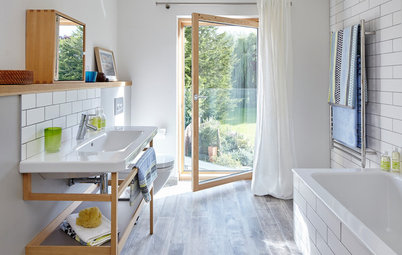
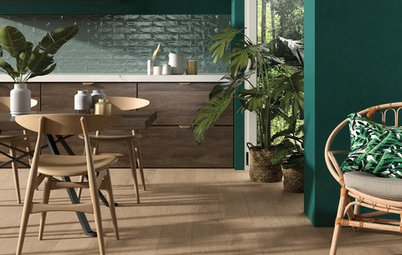
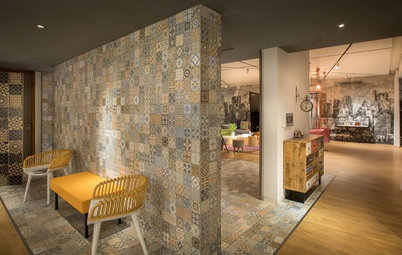

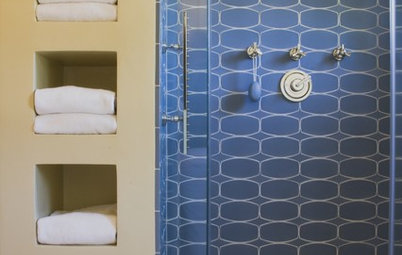
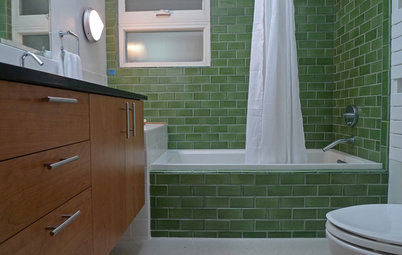
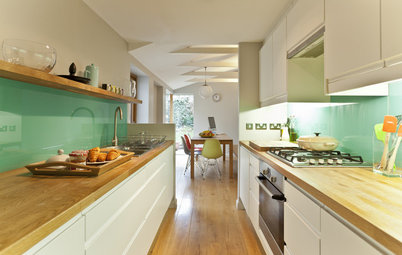
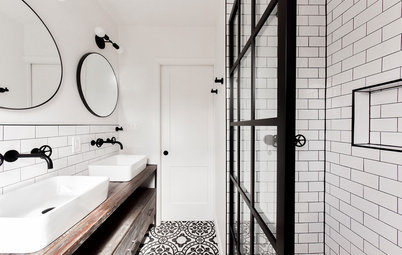
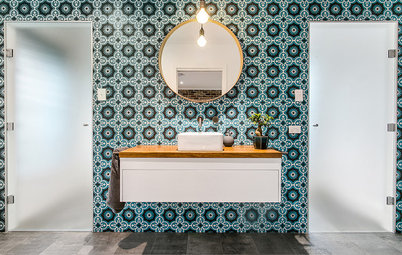
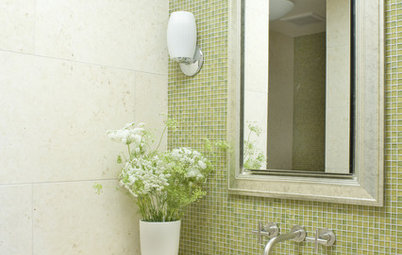
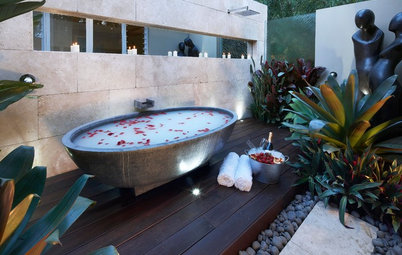
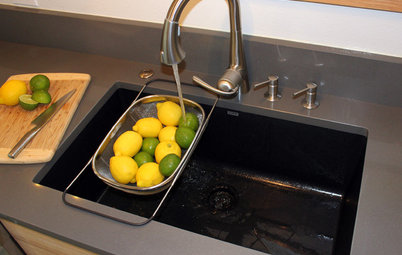
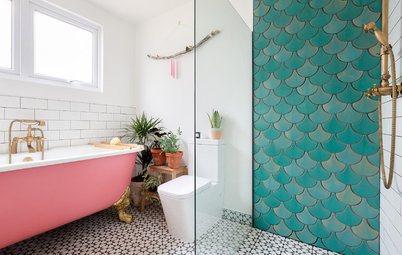
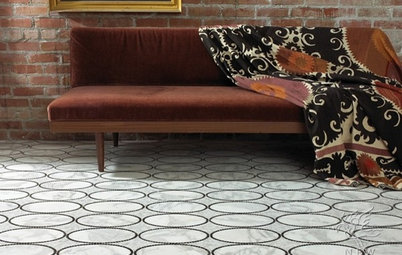
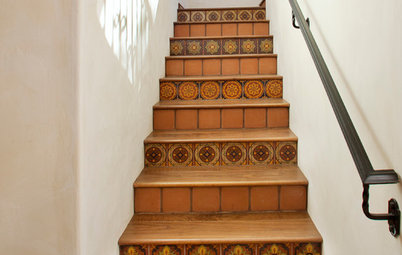
These tiles are only suitable for areas with low or medium traffic and not recommended for outdoor use. Ceramic tiles are highly porous, hence you need to get the sort that are glazed with a layer of liquid glass, or they need to be sealed regularly. The glazed tiles can be slippery, so opt for matte-finish tiles for better safety.